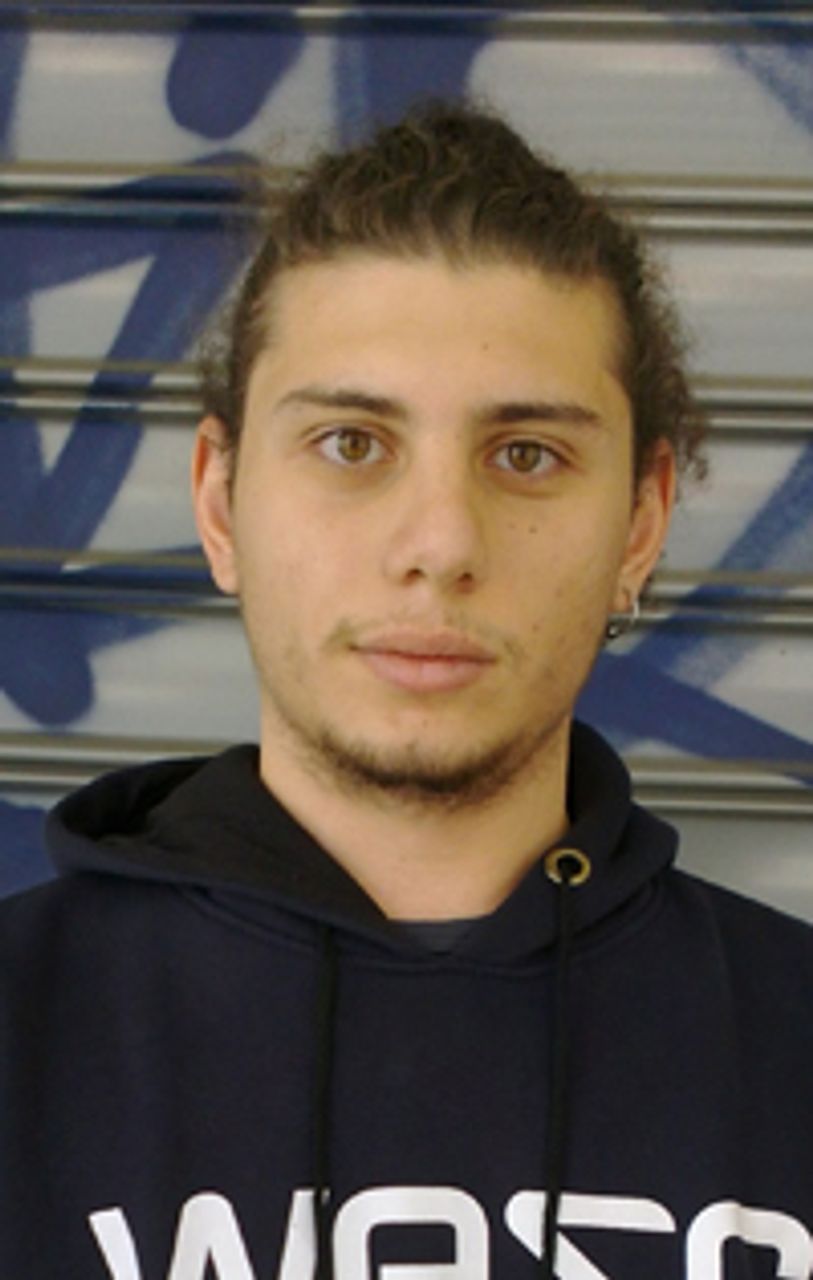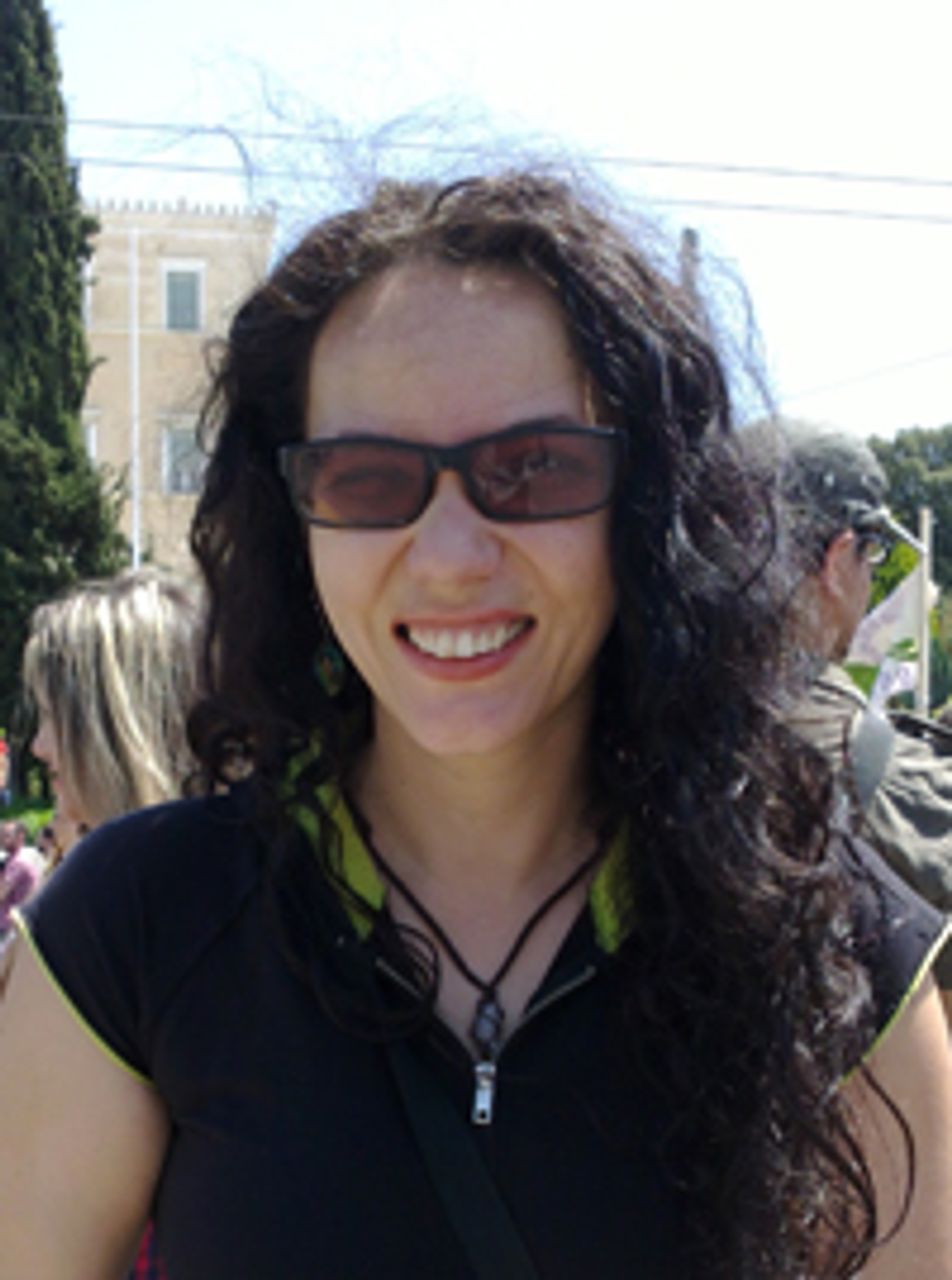Turnout for the May Day protest in the Greek capital Athens was low, given the fact that the country goes to the polls Sunday in an election that is expected to result in a mass repudiation of the PASOK, New Democracy and fascist LAOS coalition imposed by the European Union and IMF.
The widespread and deep-seated opposition to the austerity measures within the working class found little reflection in the demonstrations that were dispersed across the city.
The pseudo-left groups such as SYRIZA (Coalition of the Radical Left) and the Stalinist Communist Party of Greece (KKE) were the main organisers of the rallies and demonstrations in conjunction with the trade unions. In addition to the Democratic Left (DIMAR), these parties stand to be the immediate beneficiaries of the electoral rout of PASOK and New Democracy. However, while playing to oppositional sentiment they seek to divert this back into ineffectual protests which do not challenge the rule of the European Union and the Greek bourgeoisie.
The KKE organised its own rally outside the Halyvourgia factory in the Elifsina suburb of Athens. While this was ostensibly to demonstrate solidarity for the steel workers who have been on strike for six weeks against jobs and pay cuts, it highlights the role the KKE and its union federation PAME in isolating this important dispute in particular and their more general role in dissipating opposition.
The official rally in Kotzia Square backed by SYRIZA and the two main union federations, the GSEE and ADEDY, was held under the slogan, “No one alone, All together we can.” Initially it only managed to draw a few thousand people. Numbers were boosted when thousands of students from Athens University and the Polytechnic joined it as it set off towards the parliament building at Syntagma Square. There was no rally and no speeches at all, as the march tapered off in different directions further along the route.
A reporting team from the World Socialist Web Site spoke to some of those who took part.
 Yianni
YianniYianni, 19, works casually and is a Microbiology student. He said, “For me May Day is for one Europe and one world where every man stands against the political system. Here, in Germany, everywhere. I think the crisis is for the whole world, not just here in Greece. I think Greece is an experiment for all Europe. What will happen in Greece will happen in Spain and Italy.
“My mother is unemployed and my father is a telecommunications worker for OTE. He used to get 1,200 euros a month for a family of five, but his wage has been cut to 800 euros a month. Deutsche Telekom has also come in and OTE is being privatized.
“The ruling class will cut down the payments for the people. Sixty billion euros have already gone to the banks. I am here to stand against this. The last time I was paid was in December and I survive only because I live at home with my parents.”
 Dimitra
DimitraDimitra is a doctor studying Neurology. She explained, “These elections must say no to the Troika [European Central Bank, International Monetary Fund and European Union] and they must say no to the austerity. It is very difficult for people in Greece. I work in a hospital and every day the situation becomes worse. There are no drugs and no money that we need badly. They are not hiring new people and the old ones are getting ready to retire. Health care and education are social rights. They cannot be sold or given to private companies.”
In Spain, around 80 demonstrations were organised in 60 cities and towns.
In Madrid, the main demonstration organized by the unions CCOO [Workers Commissions] and UGT [General Union of Labour] was joined by 100,000 people, even though it was pouring with rain. Protestors chanted in favour of another general strike and held red, republican and trade union flags. Home-made banners proclaimed, “Against the cuts” and “They will not shut us up”.
Regional Premier Esperanza Aguirre sent dozens of policemen to block the entry to the main plaza, Puerta del Sol. Last year a small occupation of Puerta del Sol, inspired by the events in Egypt, turned in less than a week into massive protests by hundreds of thousands of youth throughout Spain.
The trade unions pledged that they would continue to mobilize, but only alluded to another general strike. Amongst those who spoke were the general secretary of the CCOO, Ignacio Fernández Toxo, the leader of the UGT, Candido Mendez, Spanish Socialist Workers’ Party (PSOE) spokesman in Congress, Soraya Rodriguez, the leader of UGT Madrid, José Ricardo Martínez, and leader of Izquierda Unida (IU) [United Left], Cayo Lara.
Lara called on the government to organize a “national pact for employment” with the unions and the political parties.
In Barcelona the size of the official demonstration surprised the organizers, attracting 100,000. The repressive climate in preparation for the European Central Bank summit did not discourage workers and youth.
A demonstration in the afternoon organised by the CGT [General Confedration of Labour], SNT, Railway Trade Union and other smaller unions and pseudo-left organisations, under the motto, “Neither Labour Reform nor Social Pacts, Our Rights Are Not For sale,” grouped around 22,000 protestors according to Directa newspaper. Last year the same demonstration had around 5,000 participants.
These unions advance themselves as a left and militant alternative to the CCOO and UGT, so the increased size of their protest is a reflection of growing social and political polarization within the working class. In the southern region of Andalusia around 80,000 demonstrated in eight provincial capitals to oppose labour reforms and massive cuts approved by the right-wing government of Mariano Rajoy under the slogan, “They want to put an end to everything. Work, dignity, rights.”
